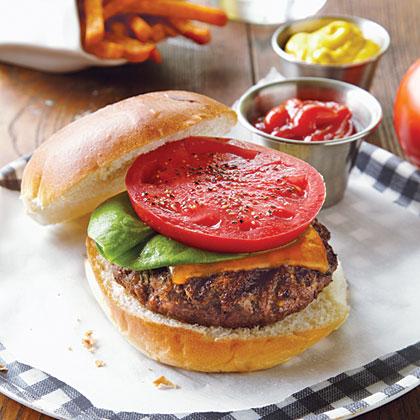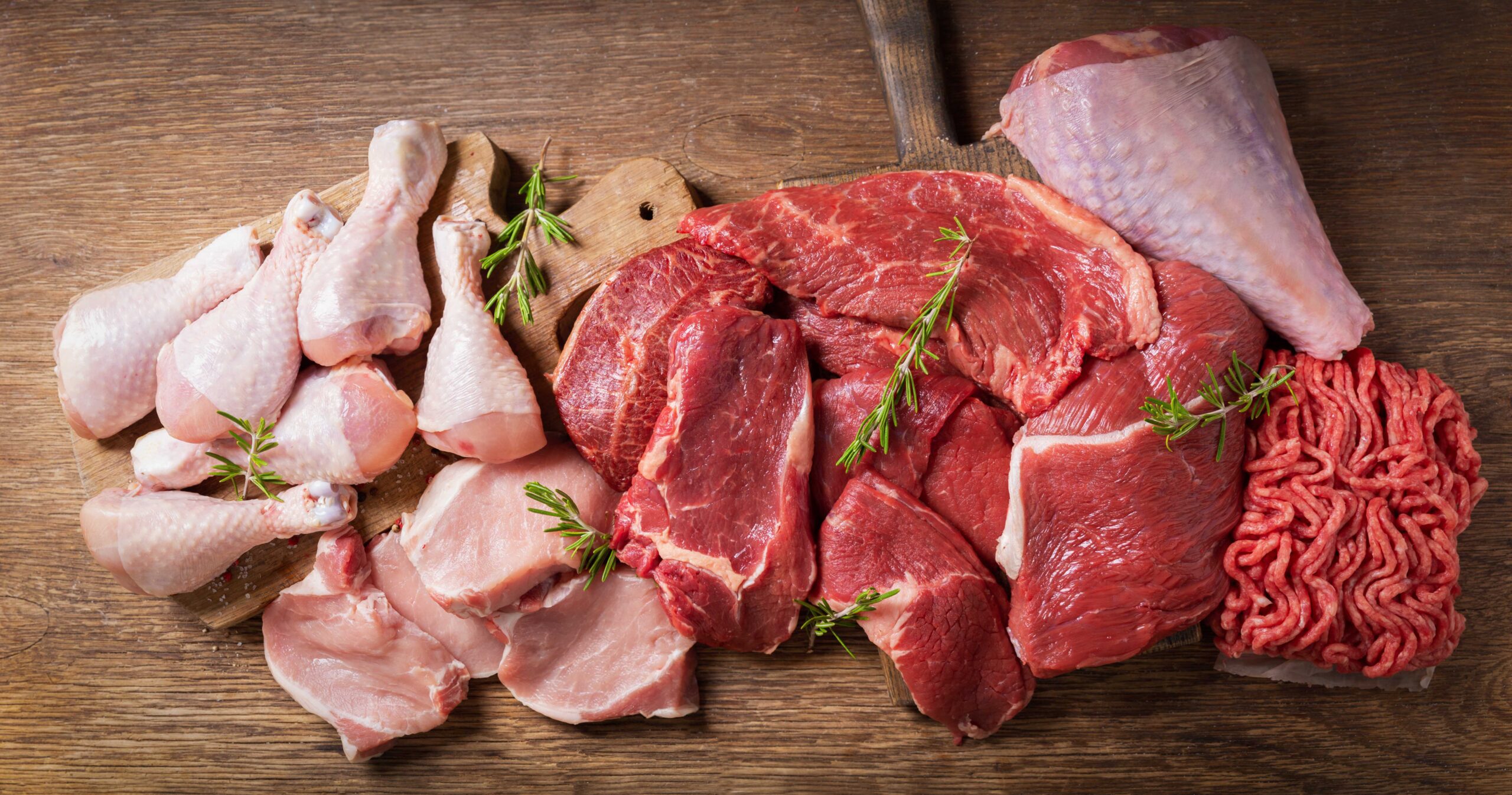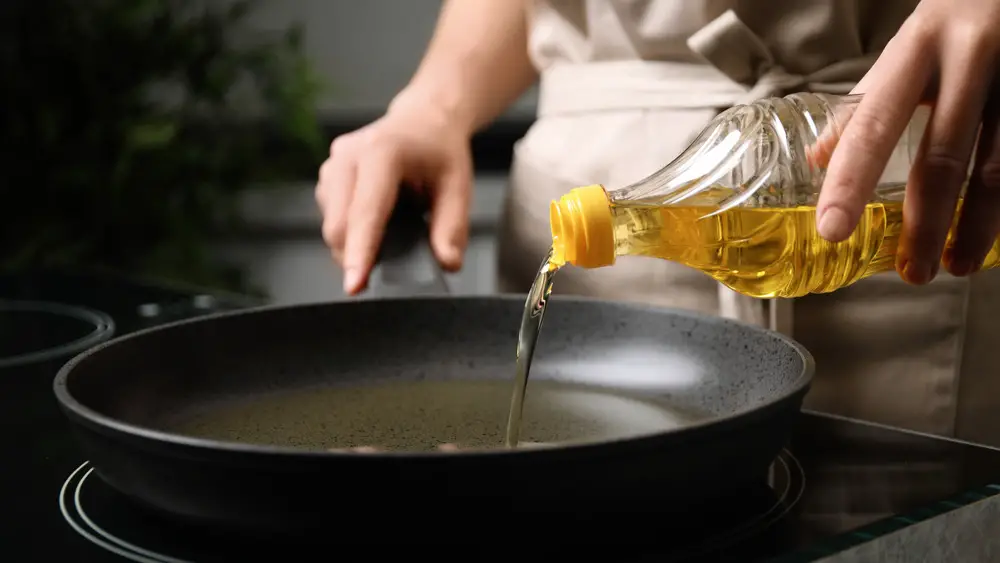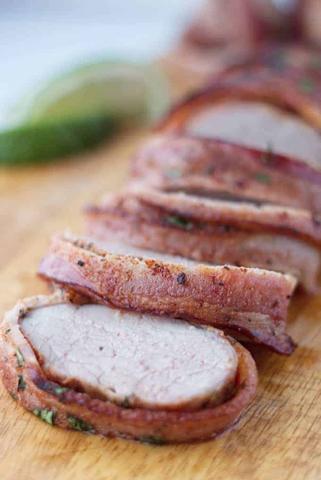
Discover the mouthwatering Traeger Pork Loin Recipe, a culinary masterpiece that promises to tantalize your taste buds! From juicy cuts of pork loin to delectable flavors infused through the Traeger grill, this recipe is sure to be a showstopper at any gathering. Get ready to elevate your grilling game and indulge in a succulent dish that will leave you craving more.
Traeger Bacon-Wrapped Pork Tenderloin

The Traeger Bacon-Wrapped Pork Tenderloin recipe is a delicious and easy way to use up extra bacon. The bacon-wrapped pork tenderloin is smoked on a Traeger for about an hour, resulting in a juicy and flavorful dish. The bacon crust helps lock in moisture, ensuring a tender and juicy pork tenderloin. To make this recipe, you’ll need a fresh pork tenderloin, bacon, and Cajun spice dry rub.
Pork tenderloin is a lean cut of meat that can easily become dry if overcooked. It cooks quickly due to its small size, so it’s important to monitor the internal temperature closely. The recommended temperature for pulling the pork off the grill is 140°F, allowing for carryover cooking during the resting period. It’s recommended to tent the meat with aluminum foil during the rest to retain moisture.
The USDA recommends taking pork off the grill at 145°F and letting it rest for 3 minutes. However, some prefer to take it off at 140°F and let it rest longer for added tenderness. It’s important to use a reliable meat thermometer like ThermoWorks Signals WiFi thermometer or ThermoWorks ONE Thermapen for accurate temperature readings.
Pork loin and pork tenderloin come from different parts of the pig and require different cooking methods. Pork loin is larger and benefits from cooking at lower temperatures for a longer duration to achieve tenderness. On the other hand, pork tenderloin can be cooked quickly in the smoker at slightly higher temperatures.
For this recipe, smoking the bacon-wrapped pork tenderloin at 250°F for about an hour provides excellent wood smoke flavor. The Traeger Pro 780 is recommended for its spaciousness, allowing for side dishes like air fryer Brussels sprouts with bacon or air fryer baked potatoes.
Overall, this Traeger Bacon-Wrapped Pork Tenderloin recipe offers a flavorful and easy way to enjoy a juicy and tender pork dish.
How to cook pork tenderloin
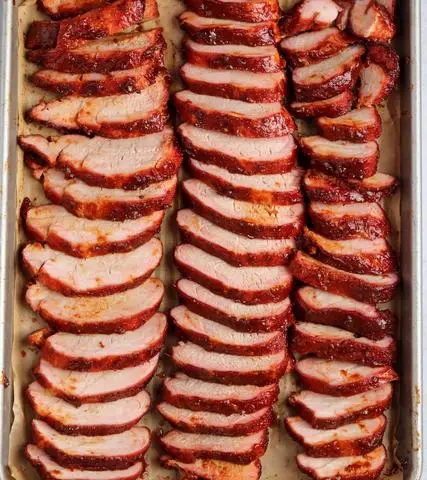
To cook pork tenderloin, start by trimming off any excess fat, membrane, and silver skin from the meat. This can be done using a sharp knife.
Next, you’ll want to wrap the pork tenderloin with bacon. Make sure the bacon wraps around and covers the entire piece of meat.
Preheat your grill to about 250°F. Place the bacon-wrapped pork tenderloin on the grill and smoke it for about 1 hour or until the internal temperature reaches 140°F.
(Optional) If you prefer a saucier finish, you can brush BBQ sauce onto the pork tenderloin when it reaches an internal temperature of around 130°F.
Once cooked, remove the pork from the grill and cover it with foil to let it rest for about 10 minutes. During this resting period, the internal temperature will continue to rise and should reach 145°F, which is the recommended internal temperature.
After resting, slice into the tenderloin and enjoy!
Carryover cooking and the rest
Carryover cooking is the process in which food continues to cook even after being removed from the heat source. This can happen because the internal temperature of the food continues to rise due to residual heat. In the case of pork tenderloin, it is important to be aware of carryover cooking as it can affect the final doneness and moisture of the meat.
To prevent overcooking and ensure a juicy result, it is recommended to remove the pork tenderloin from the grill or smoker when it reaches an internal temperature of 140°F. The meat will continue to cook during the rest period, and its temperature will rise further. By allowing the meat to rest under a foil tent for around 10 minutes, you are giving it time for carryover cooking to occur while also allowing the juices to redistribute within the meat.
During this rest period, it is important to cover the pork tenderloin with aluminum foil. This helps to trap in any water or juices that would otherwise evaporate, resulting in a moister end product. The USDA recommends a minimum internal temperature of 145°F for pork, but some people prefer their pork slightly more cooked.
Using a reliable meat thermometer, such as the ThermoWorks Signals WiFi thermometer or ThermoWorks ONE Thermapen, ensures accurate temperature readings throughout the cooking and resting process. It is always best to monitor and confirm that your pork tenderloin has reached your desired level of doneness before serving.
In summary, carryover cooking is a natural process that occurs when food continues to cook after being removed from heat. By understanding how carryover cooking affects pork tenderloin and using proper resting techniques, you can achieve perfectly cooked and juicy results every time.
Pork tenderloin or pork loin?
Pork tenderloin and pork loin are both cuts of meat that come from the loin area of the pig, but they are not interchangeable. The tenderloin is a small and lean piece of meat that is taken from the back end of the loin. It is very tender and cooks quickly, so it is important to monitor the internal temperature closely to avoid overcooking.
On the other hand, pork loin is a larger cut of meat that comes from the midsection of the pig’s back. It is not as tender as the tenderloin and requires longer cooking times at lower temperatures to achieve a tender result.
If you try to substitute one cut for the other in a recipe, you may be disappointed with the outcome. Pork tenderloin can be cooked quickly in a smoker, while pork loin lends itself well to slow cooking methods like roasting or braising.
It is important to note that during the resting period after cooking, both cuts of meat will continue to rise in temperature. The USDA recommends taking pork off the grill at 145°F and letting it rest for 3 minutes. However, some people prefer to take their pork off at a slightly lower temperature, like 140°F, and let it rest for longer.
Overall, understanding the differences between pork tenderloin and pork loin will help you choose the right cut for your recipe and ensure delicious results.
Can you substitute pork loin for tenderloin?
Can you substitute pork loin for tenderloin?
No, you cannot simply substitute pork loin for pork tenderloin. Both cuts of meat come from the loin area of the pig, but they have different characteristics and cooking methods.
Pork tenderloin is a smaller and more tender cut of meat compared to pork loin. It cooks quickly and is prone to drying out if overcooked. On the other hand, pork loin is larger and requires longer cooking times at lower temperatures to achieve tenderness.
If you try to substitute one cut for the other, you may be disappointed with the result. It’s best to use pork tenderloin for recipes that specifically call for it, and use pork loin for recipes that require a larger, slower-cooking piece of meat.
So if a recipe calls for bacon-wrapped pork tenderloin, it’s important to use pork tenderloin rather than substituting it with pork loin. The size and tenderness of the meat will affect cooking times and results.
How to smoke pork tenderloin
To smoke pork tenderloin, start by trimming off any excess fat, membrane, and silver skin from the meat. This will help the flavors penetrate better and ensure a more even cook.
Next, wrap the pork tenderloin with bacon slices, making sure to cover the entire surface of the meat. The bacon will not only add flavor but also help retain moisture during cooking.
Preheat your Traeger grill to 250°F and place the bacon-wrapped pork tenderloin directly on the grill grates. Smoke the meat for about 1 hour or until it reaches an internal temperature of 140°F.
If desired, you can sauce the pork during cooking by adding your favorite barbecue sauce around the 130°F mark. This will add an extra layer of flavor to the dish.
Once the pork has reached its target temperature, remove it from the grill and let it rest for about 10 minutes. During this time, the internal temperature will continue to rise and reach a safe level of 145°F.
After resting, slice into the smoked bacon-wrapped pork tenderloin and enjoy! The meat should be juicy and flavorful thanks to the combination of bacon and slow smoking.
What to cook with this pork tenderloin
This bacon-wrapped pork tenderloin pairs well with a variety of side dishes. Here are a few ideas:
1. Air fryer Brussels sprouts with bacon: The crispy texture of the Brussels sprouts complements the juicy pork tenderloin.
2. Air fryer baked potato: A classic side dish that goes perfectly with the flavorful pork.
3. Grilled vegetables: Fire up your grill and cook some vegetables like zucchini, bell peppers, and mushrooms to serve alongside the pork tenderloin.
4. Roasted potatoes: Toss some baby potatoes in olive oil, salt, and herbs, then roast them in the oven until golden brown and crispy.
5. Creamy coleslaw: The tangy and creamy coleslaw provides a refreshing contrast to the rich flavors of the bacon-wrapped pork.
Feel free to get creative with your sides and experiment with different flavors and textures to create a well-rounded meal.
In conclusion, this Traeger pork loin recipe is a delicious and easy way to prepare a flavorful and juicy meal. Whether you’re hosting a gathering or simply cooking for your family, this recipe is sure to impress. With the perfect combination of seasonings and the smoky flavor from the grill, you’ll enjoy every bite of this tender and mouthwatering pork loin. Give it a try and elevate your next barbecue experience!
Learn More About Grilling
If you want to learn more about grilling, check out these other helpful resources!


